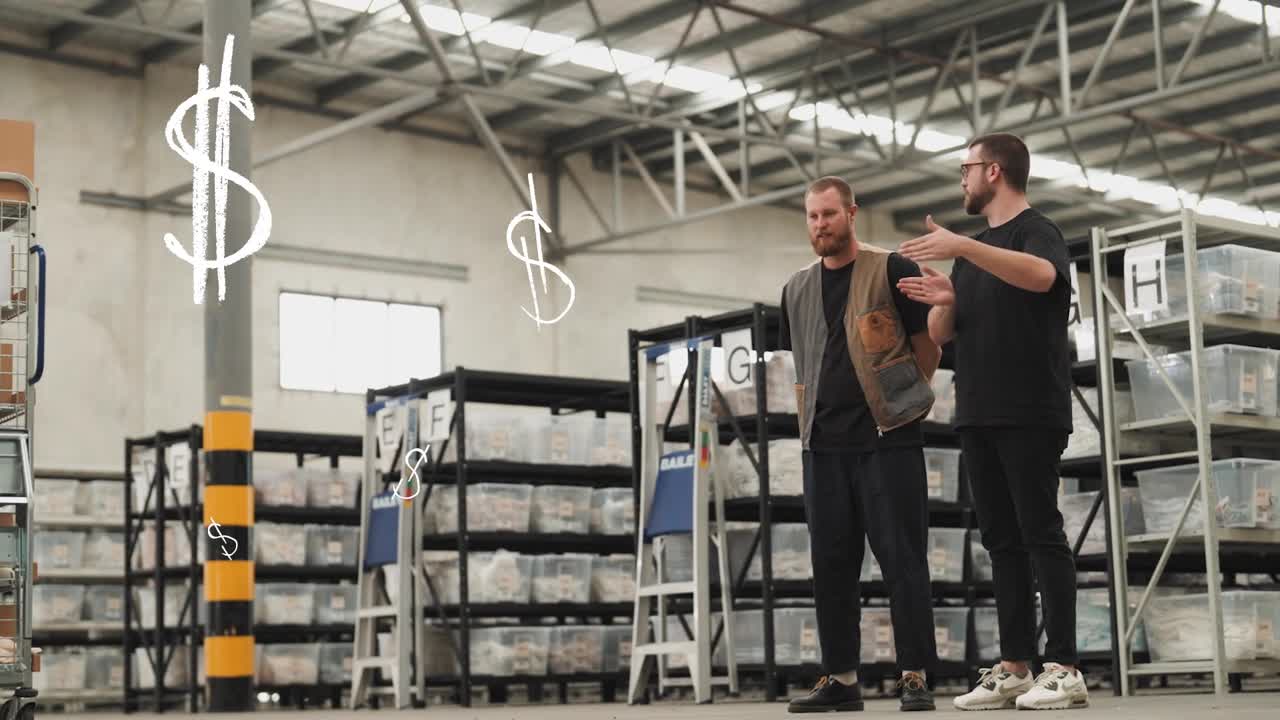Speaking to the founders and operational leaders of ecommerce businesses is an eye-opening experience. From a ‘technology vendor-side’ perspective, it can often be hard to see beyond ‘users’, ‘dispatch numbers’ and ‘items picked’ as the only means to characterise the businesses with whom we work.
However, through the 10x Club, and by inducting these figures into our Hall of Fame, our lens has become far more wide-angle, allowing us to see into the real day to day of some of these fast growth brands. The personalities, working methodologies and leadership styles that shape these operations come to the fore, and become a vehicle for valuable experiences that the upcoming generation can learn from, especially for things like how to manage a warehouse.
Speaking to a CEO and Founder
These learnings are particularly apparent in a session we held with Etienne Espenner, the Co-Founder and Managing Director of PURELEI. PURELEI is a shining star in the European Shopify skyline, selling Hawaiian inspired jewellery to a highly engaged community of loyal followers through their store and on Instagram.
In 2018, Etienne started with a team of 5-10 people, mainly friends and family. Fast forward 2 years, he has over 100 staff working full time. Here’s his take on leading them through pressurised situations and uncertain times.
Shorthand: how to manage a warehouse? It’s ALL about communication and focus.
“It was a really interesting time… there was a lot of uncertainty going around with the pandemic and corona. But it was at that time I realised our team is so strong. My most important task was to let people know that everything was going to be ok, and that from this situation, we will get stronger out of it. I knew my team could do more a lot more than they ever had before the corona situation. When we realised things were changing, our number one rock, or top priority, was ‘make employees happy, make customers happy’. We had a corona task force that met every day and researched for reliable resources of information.
Regular communication
We then had a 60 second daily video from myself to the entire team, explaining what’s going on, what we are working on, and how revenue and growth were tracking. The goal was to let everyone know we are OK, we’ll get through this, and we are taking care of you. I shared all of the metrics and KPIs around orders and revenue, that prove that we are OK, to EVERYONE at PURELEI. Then, digitally, we had a monthly all-hands meeting, taking 45 minutes with everyone from every department to communicate what is happening for them, along with an open question round to make sure no-one felt left out or didn’t know what was going on.”
Setting his entire leadership team’s main focus as ‘spread positivity’ and creating this totally transparent culture enabled Etienne to foster in each of his staff a drive to keep the business thriving under pressure, and a commitment each other as a team.
Driving a great working culture
“The cultural part is something that is super important for us. One of our company core values – if we have a high order peak, at PURELEI we move fast. We find fast solutions and do what is in the interest of our customer. Another is ‘we live Aloha’. That means if someone needs help, they get it. Again, we had a super high order volume at our latest sale, so people from across the business, be it our country managers, events team, customer service, all came to the distribution centre to help pick and pack orders.”
Knowing a brand with a growth trajectory as steep as PURELEI’s still base their operation around their core values is a positive sign for mission-driven businesses. A happy workplace and a team mindset aligned around a few simple statements seems to be the key to efficiency, productivity and harmony in the warehouse. And in order to make that happen, you need to adopt regular, transparent methods of communication to the entire team, regardless of whether they are onsite, in the office or remote.
Missions that drive the brand
And in seeing the ‘mission driven’ approach a number of the most high profile direct to consumer brands are taking, it actually makes a lot of sense that what is used to build and foster an engaged community of followers also works to align the team behind the brand, increasing motivation to get stuff done.
For fashion brands, this might mean that the staff are always kitted out with the latest ranges and drops of clothing, so that not only do they feel valued by the company they work for, but moreover become real fans of what they are trying to build for others. In the fitness space, Gymshark’s new HQ, fit with quite possibly the coolest, most fitted-out, impressive ‘office gym’ (if you can even call it that), is absolutely testament to this same theory. Brand building starts with your own team, having them live and breathe the businesses’ ethos, feeling valued and enabled to deliver that same feeling to the customer-base.

Gymshark’s Lifting Club, in HQ.
Overall, the statement that a brand ‘is no longer what you tell your customers’, but instead ‘what your customers tell each other about you’, comes to mind. This starts with your own team, warehouse employees, marketeers and beyond, having a great feeling about the brand they are building and representing. Because when the pressure comes on, the order volumes sky rocket, and that reputation is on the line, that strength of ‘fan mindset’ and belief in the company will stand up to the challenge.





